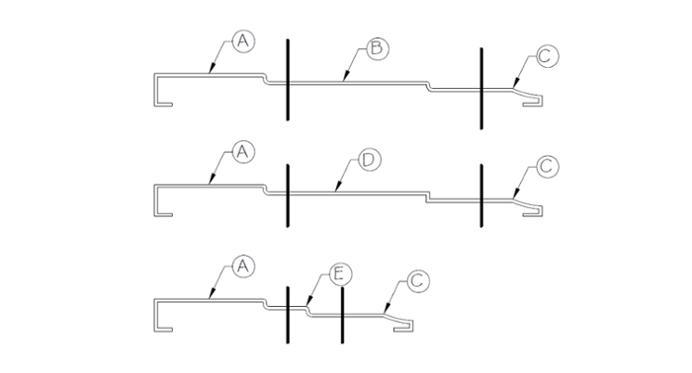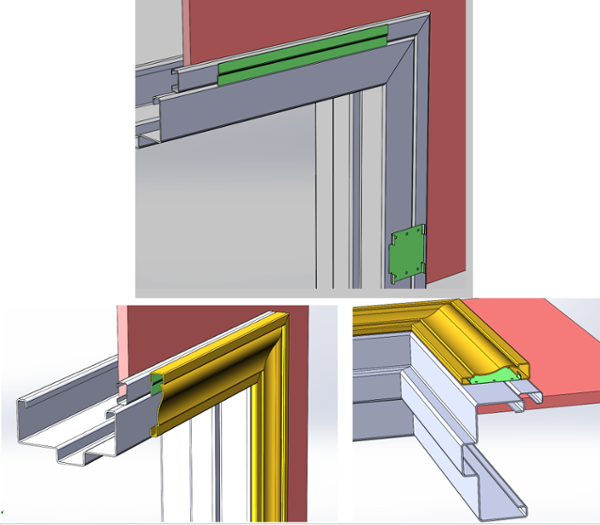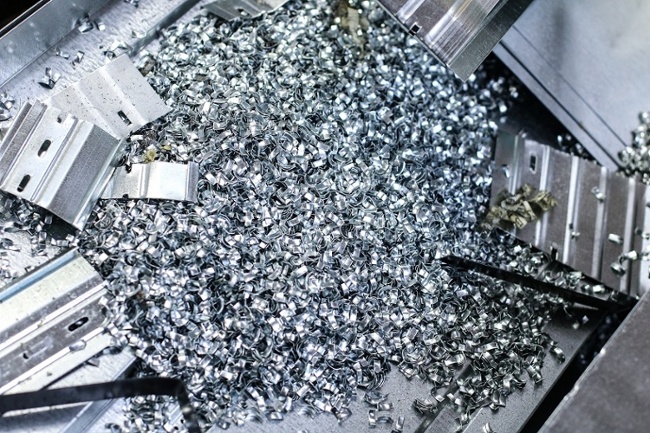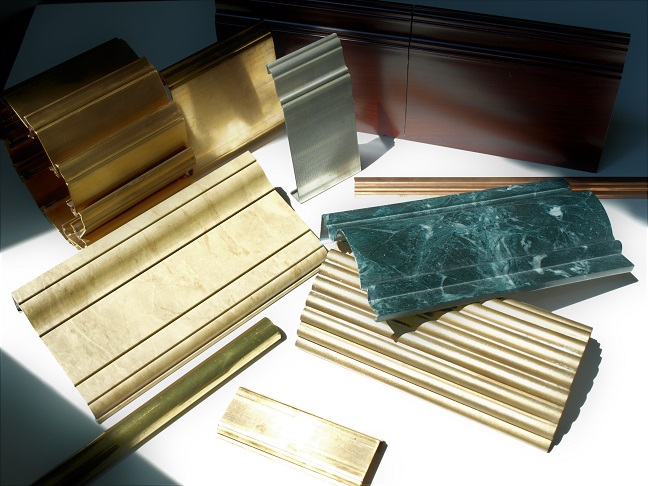Share this
Architectural design may be functional first and foremost, but it’s still a form of art. One aspect of art and analysis is motif.
A motif is like a brand. It tells the viewer “I made this,” or “these designs are connected.” Your motif can be color, form, interior design components, or anything else. One of Frank Lloyd Wright’s design motifs was leaded glass windows.
You don’t have to pioneer a design style to put a “signature” in/on your buildings. All it takes is one little component that belongs to you.
Custom manufactured tooling can create that signature.
While we’re most knowledgeable about roll forming tools, almost any manufacturing process can be customized to create a “signature” product.
You own your custom tooling. It may sit in your manufacturer’s facility, but it belongs to you. You can request products from it at any time, and you don’t have to worry about tooling costs. It shortens lead times and ultimately lowers costs (especially if you require high volumes of your component).
No one else will be able to use your customized tooling. It’s truly your signature design. Used over multiple projects, it creates a calling card and links all of your designs. It could be the leaded glass to your Frank Lloyd Wright.
Custom tooling can be made modular - similar to modular architecture. It’s made of multiple components that can be assembled in a number of different ways to create unique (yet similar) looks.

Even though you only have one set of tooling, you can reassemble the pieces to change your output. This keeps your designs fresh while maintaining your “signature” look.
For example, roll formed metal mouldings are gradually bent into shape with a series of rolling tools. Segments of the tool family can be combined in different ways to create a “family” of mouldings, used for different purposes but retaining similar features. Multiple widths up to 12” can be produced with universal “flat segments”.
In short, custom manufacturing is always an option. However, you can take it one step further with custom tooling to truly brand your designs.
These Related Stories



Since 1904, Dahlstrom Roll Form has been crafting top-tier, custom roll formed products with a commitment to quality, on-time delivery, and personalized service.
